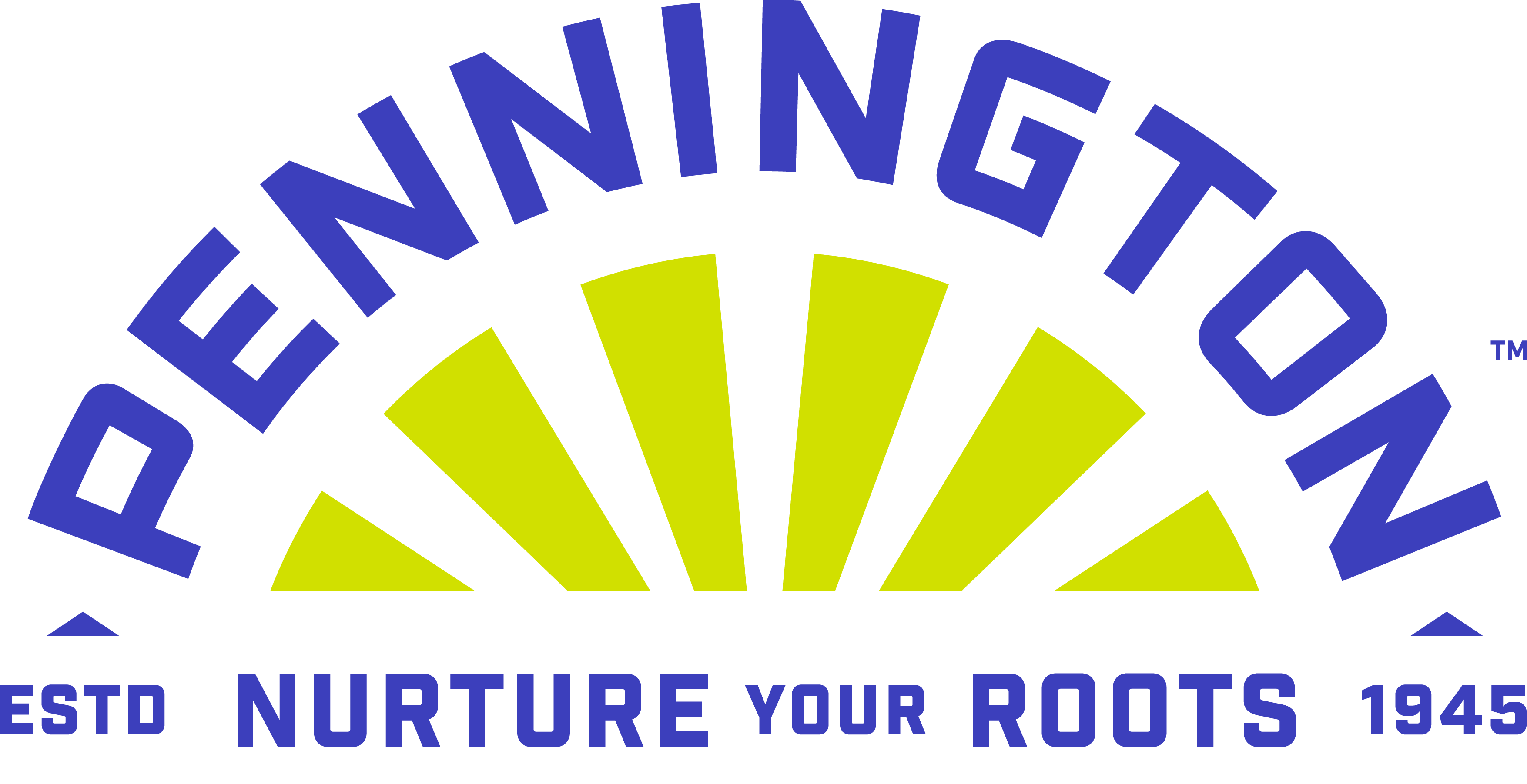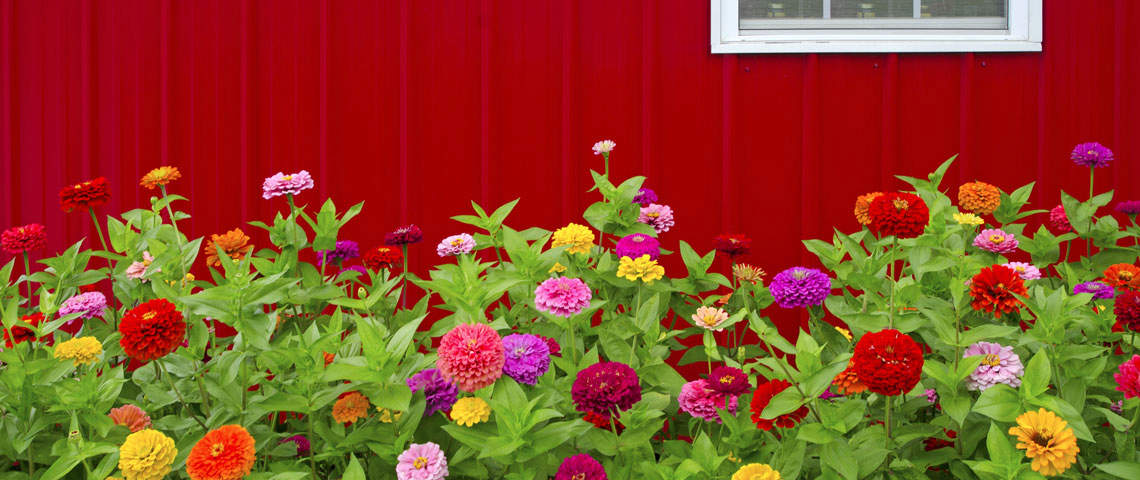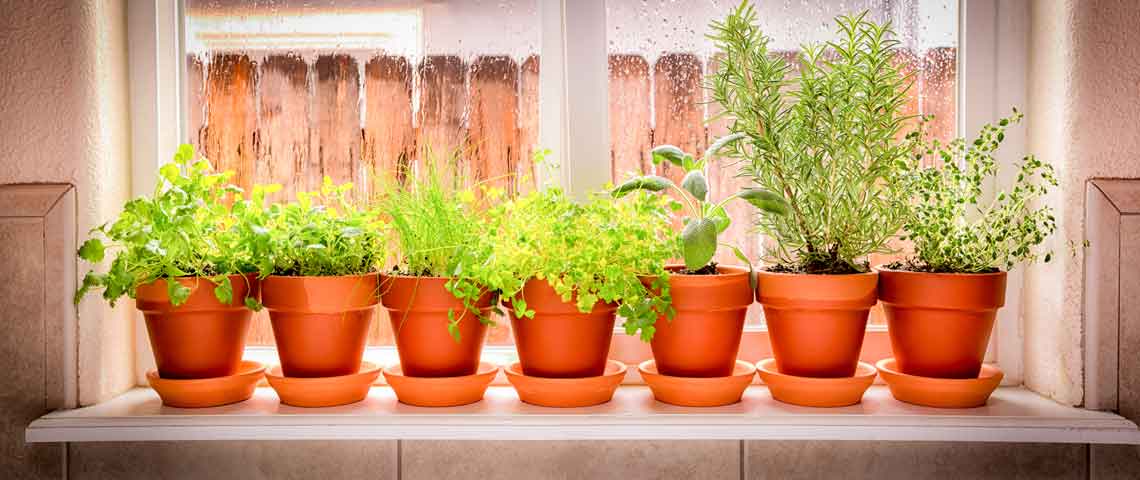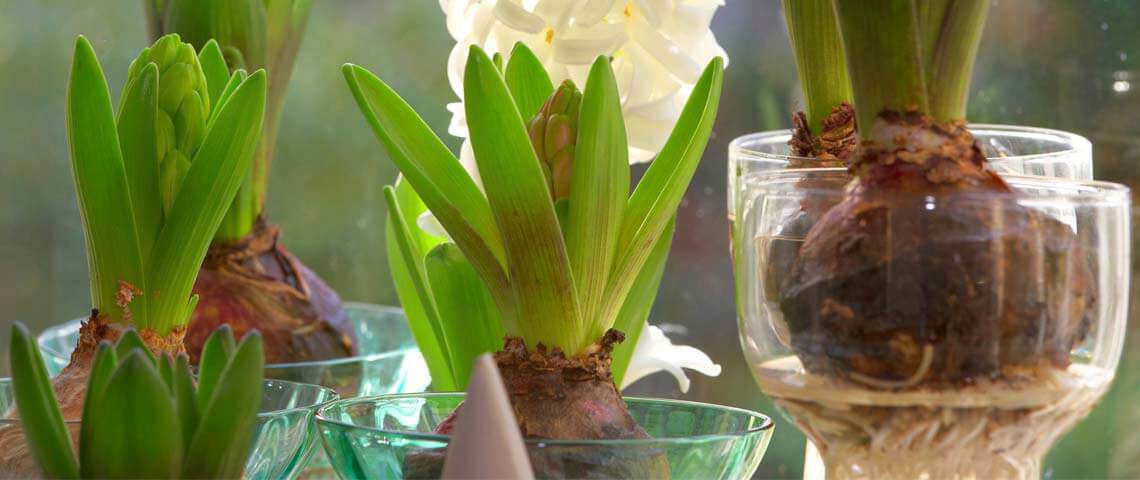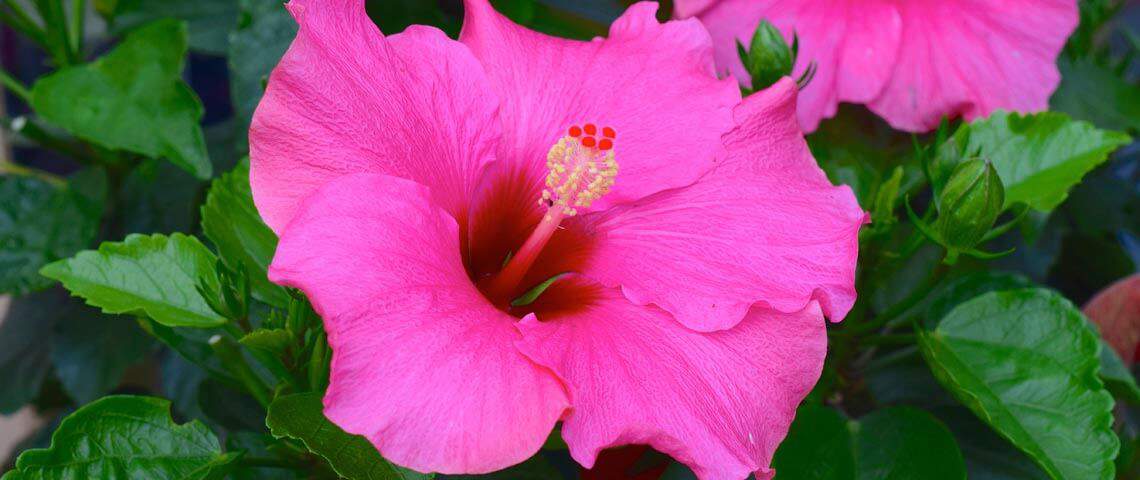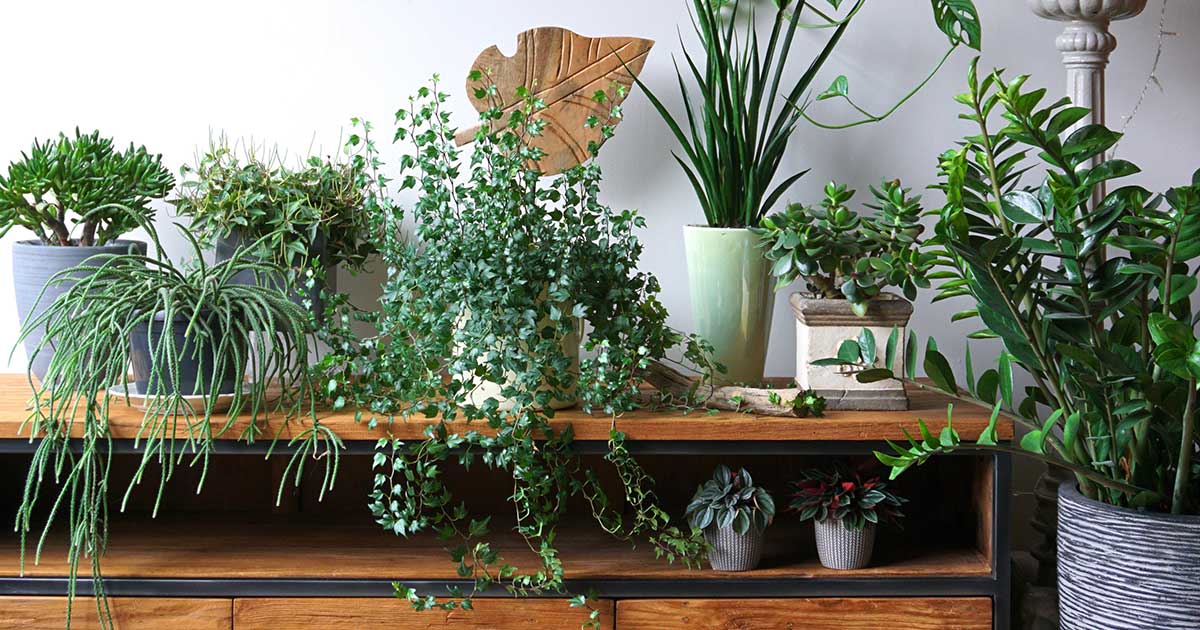Flowers with the Most Colorful Blooms During Summer
When summer heat moves in and picture-perfect pansies and other cool-season spring blooms wind down, most gardens benefit from an added dose of color. Well-fed roses, show-stopping hydrangeas and other summer-blooming shrubs can add welcome seasonal lifts. However, simple no-fuss fillers designed to last a single growing season turn summer gardens into tapestries of living color.
The following easy-care garden classics can be grown throughout the United States to bring hot summer color to the forefront and celebrate the season with non-stop, heat-defying blooms:
- Zinnias are one summer's simplest flowers to grow. Though these annuals only live one season, they sprout easily from seeds and delivering vibrant, season-long blossoms atop sturdy stems. Native to Mexico and the American Southwest, these heat- and drought-tolerant flowers come in a myriad of heights and flower sizes to fit every planting scheme. From low-growing, creeping types to tall, back-of-the-border beauties, zinnias keep working all summer long. Whether in traditional reds, pinks, oranges and yellows or trendy chartreuse and candy-cane stripes, the flat, open blooms make perfect butterfly sipping stations and long-lasting additions to casual, countrified bouquets. Fun fact: Zinnias were the first flowers to bloom in outer space.1

Vivid zinnias grow quickly and easily from seed.
- Gazanias, also known as African daisies, flourish in hot, sun-drenched areas where their exotic daisy-like blooms shine. These South African natives close their flowers at night, so they won't add to your moonlit garden, but they'll fill summer's long days with brilliant oranges, yellows, pinks, reds and white. Most U.S. gardeners treat gazanias as annuals and let them die with fall's first frost. However, these tender perennials can live year-round in the warmer climates of U.S. Department of Agriculture plant hardiness zones 9 through 11. Keep summer beauty rolling by planting gazanias in containers to complement your décor. Bring them indoors when fall temperatures dip to 50 to 55 degrees Fahrenheit and they'll overwinter inside as houseplants.

Gazanias stand up to summer heat with brilliant color.
- Nasturtiums are colorful, drought-tolerant flowers that flourish with minimal care. Native to South America, they're especially well-suited to filling in around the base of taller plants or spilling out of combination planters and hanging baskets. Like zinnias, common nasturtiums are annuals that grow easily from seed to live a single season. Their mounds of intense red, orange and yellow blooms continue until frost shuts them down. As an added bonus, nasturtiums are the ultimate edible flower, adding a pleasing, peppery tang and striking color when splashed across plates, tossed in salads or frozen inside ice cubes. Although only petals are consumed on most edible flowers, all the above-ground parts of nasturtiums can be eaten, from flowers and leaves to their caper-like seeds.2

Colorful nasturtiums spill out of containers and garden edges.
- Annual gomphrenas, also known as globe amaranths, are tropical natives that thrive in extreme heat and dry soil. The globe-shaped, clover-like "flowers" have a magnetic effect on butterflies and other pollinators, and take their colors — strawberry-red to brilliant magenta — from papery modified leaves called bracts. But the true flowers of the plant are tiny, inconspicuous, whitish blooms hidden inside. Even when summer passes, the bracts can hold dazzling color. For dried “everlastings," wait until gomphrenas reach their peak of open bloom. Then cut long stems, tie them together loosely, and hang them upside down to dry. You'll enjoy their summer color long after season's end.

Heat-resistant globe amaranths make “everlasting" dried flowers.
- Marigolds excel in hot, sunny locations that bring out the best in their fragrant, citrusy blooms and lacy foliage. Vibrant, butterfly-friendly blossoms of these cheery annuals appear in shades from tangerine and lemon to russet red and sizzling combinations and grow easily from seed each year. Though native to the Americas, marigold seeds were taken to other continents, earning fans, favor and common names. Tall, erect marigold types are commonly called African marigolds, while shorter, more compact marigolds are called French types. Many people believe marigolds deter insect pests and nibbling rabbits, but scientists say this gardener's tale lacks merit. However, research does show that marigolds help control root-knot nematodes, which are underground pests that plague many gardeners.3

Colorful marigolds bloom nonstop from spring until frost.
To get the most from your summer garden, courtesy of these colorful classics, give them the care and nutrients they need for season-long blooms. A complete fertilizer, such as Pennington Rejuvenate Plant Food All Purpose 4-4-4 or Pennington Rejuvenate Plant Food Rose & Flower 4-6-3, provides a solid nutritional foundation plus an added lift from essential micronutrients to support vigorous, healthy growth and beautiful, long-lasting blooms. Both these premium fertilizers continue to feed your garden for up to four months, making caring for summer color even easier.
While these flowers flourish in hot temperatures, they are susceptible to insect and diseases, such as aphids, spider mites, whiteflies, and powdery mildew. Visible signs can be holes in leaves, wilted petals, or white, fluffy leaves. Sevin Sulfur Dust starts killing immediately upon contact and will not harm flowers. Apply a light dusting frequently to keep your colorful blooms healthy and free from insect and disease damage.
Whatever the gardening task at hand, Pennington is here to help you succeed. From the full line of Pennington's premium lawn and garden products to gardening inspiration and email tips, Pennington is committed to helping you grow and enjoy every moment of color in summer and every season.
Always read the product label and follow instructions carefully.
Pennington is a registered trademark of Pennington Seed, Inc.
GardenTech is a registered trademark of Gulfstream Home and Garden, Inc.
Sevin is a registered trademark of Tessenderlo Kerley, Inc.
Sources:
1. Loff, S., “First Flower Grown in Space Station's Veggie Facility," NASA, January 2016.
2. Missouri Botanical Garden, “Tropaeolum (Group)."
3. Overstreet, C., “Marigolds and Root-Knot Nematodes," Louisiana State University Extension, February 2017.
